
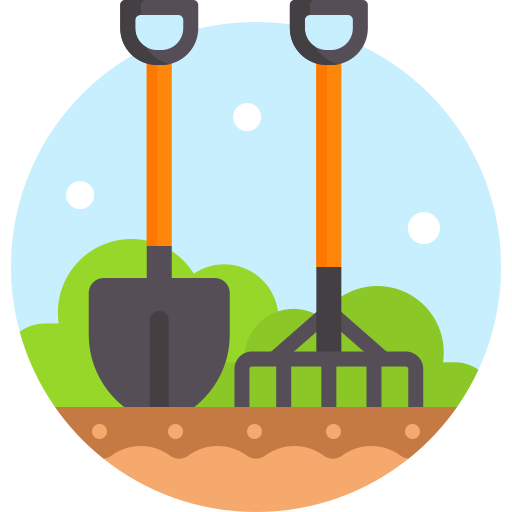
Seems like it, yes: https://lansinggardendesign.com/blog/2020/9/6/arctostaphylos-bark
The old bark cracks into sections as the trunk expands. This ability to shed is part of the plant’s defense against insects and disease. When each year’s skin is shed, insects and disease are shed along with it. As opposed to the skin/defense of thicker, rougher bark, as most other plants have, Manzanitas are able to have the thin, sleek, smooth bark they are famous for.




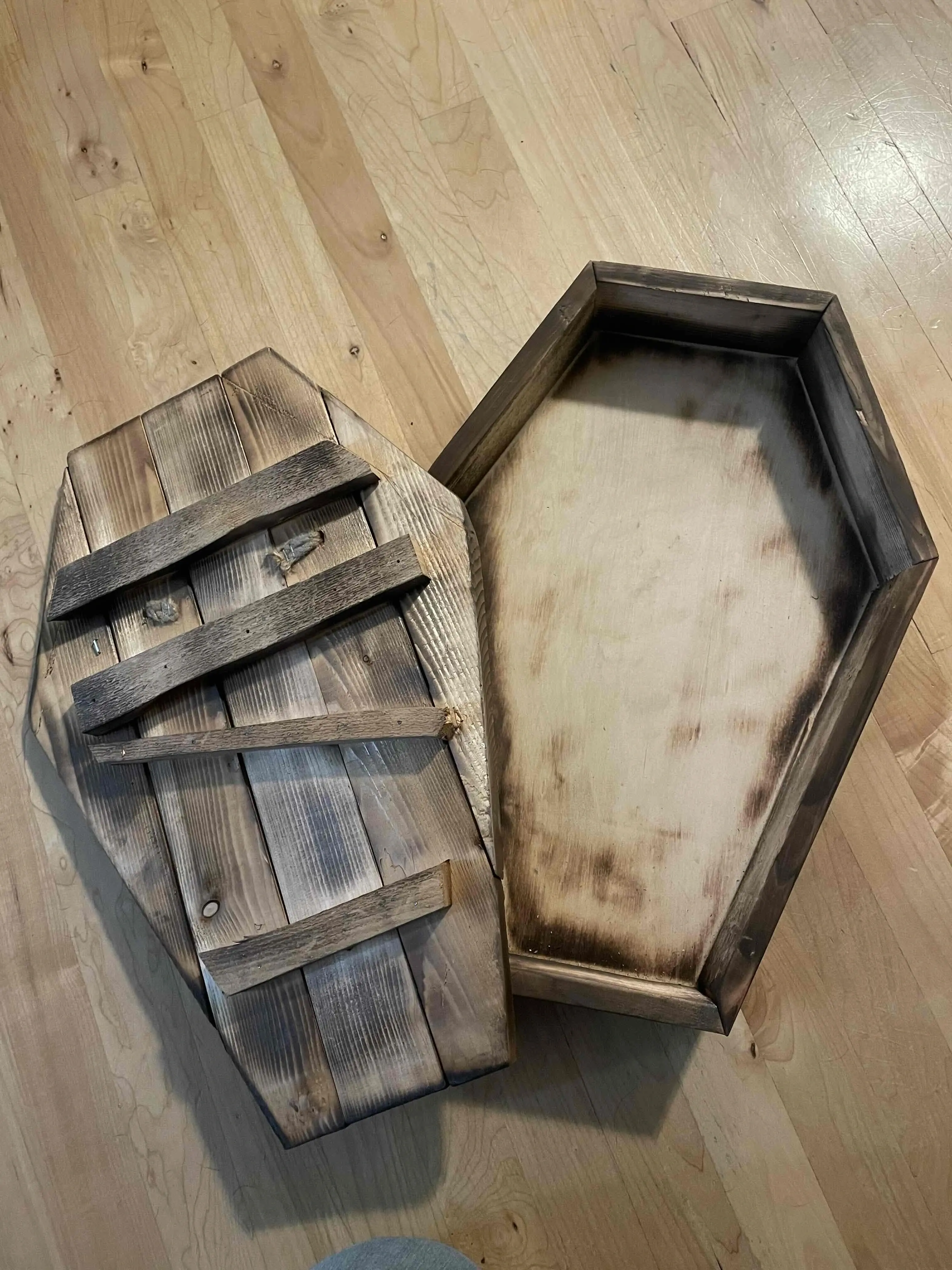

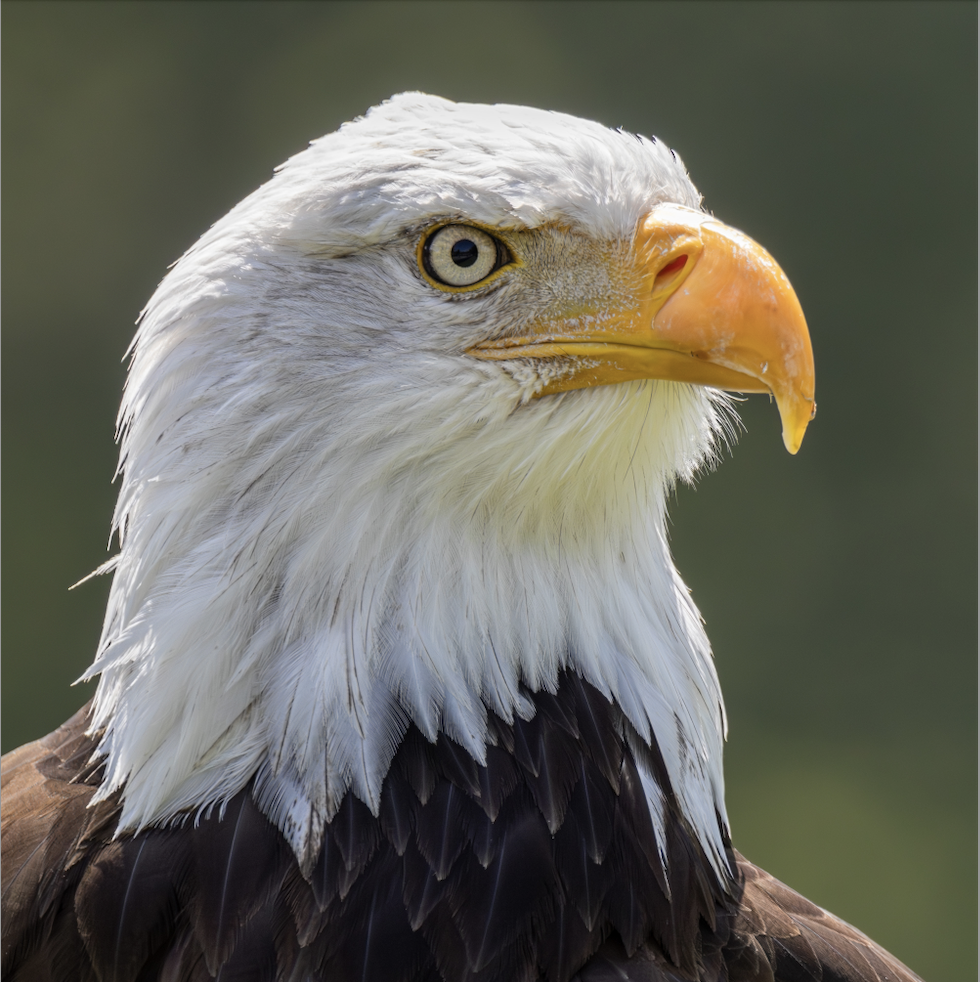
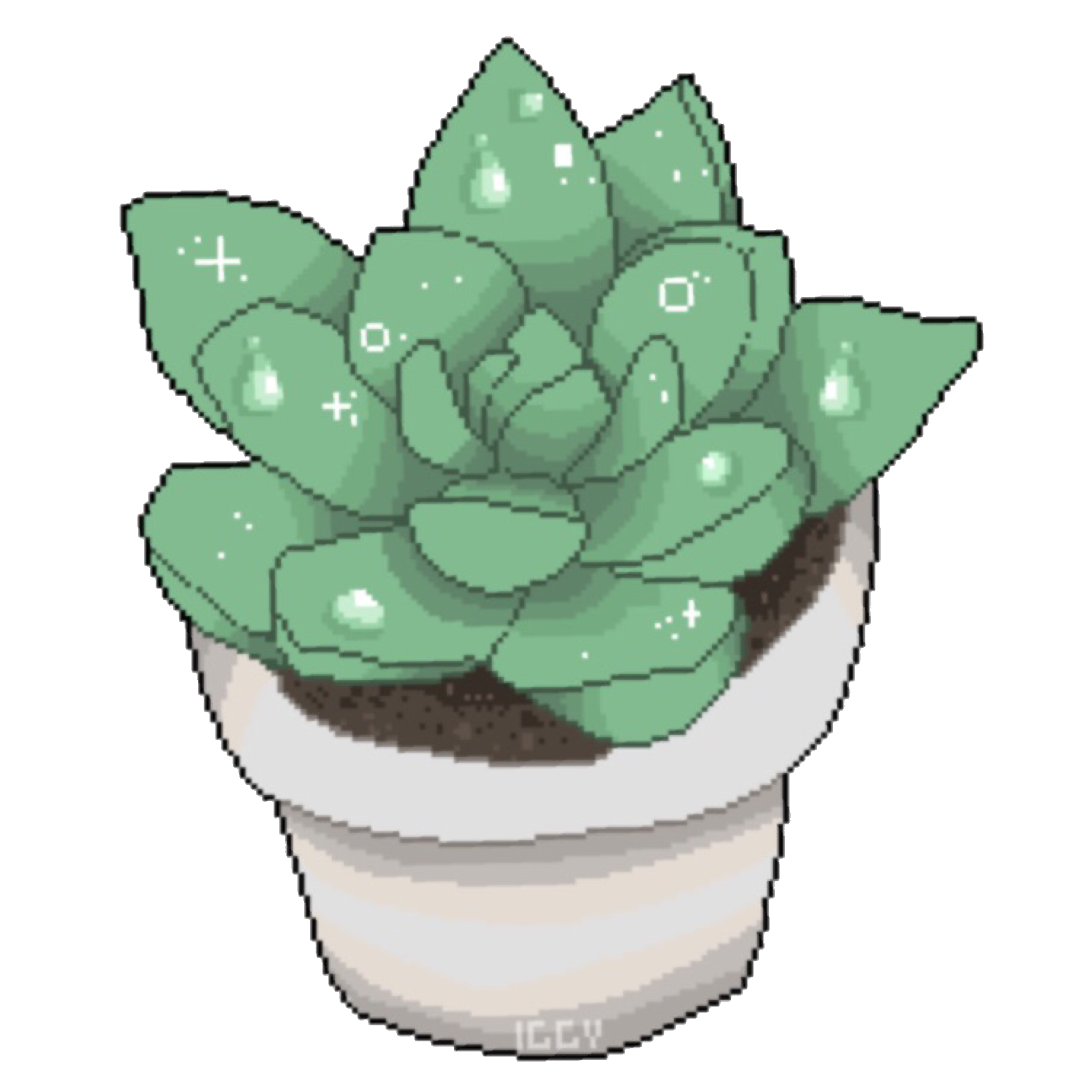
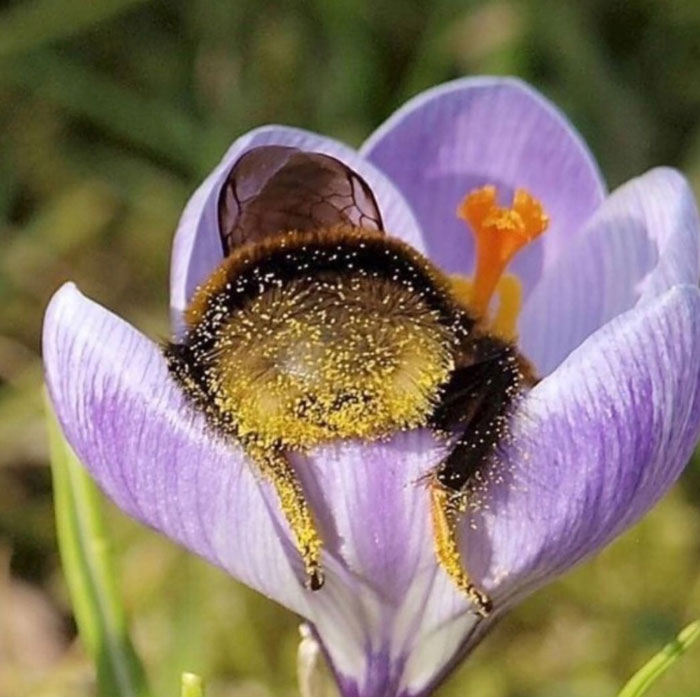

I just learned these exist! They’re very cool looking.